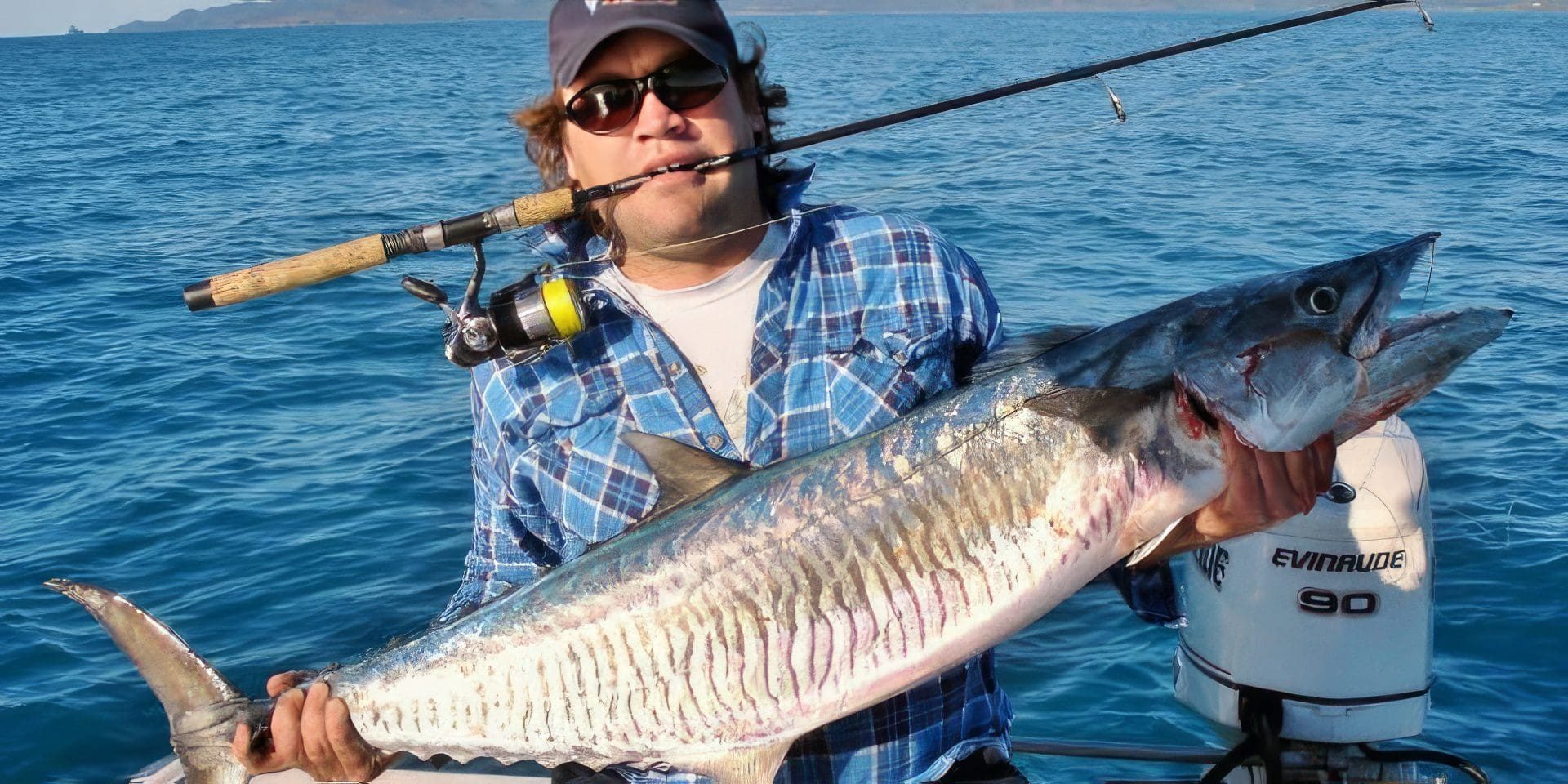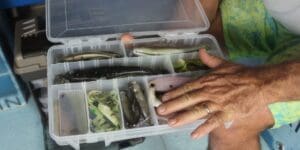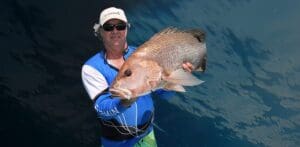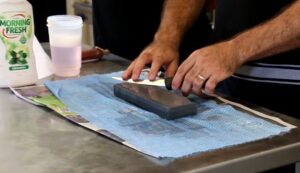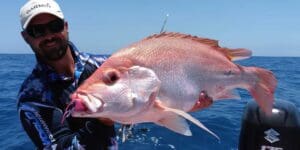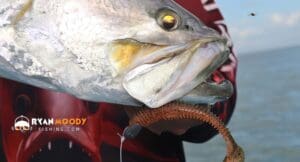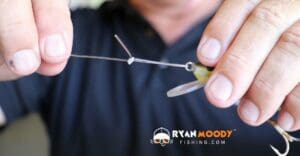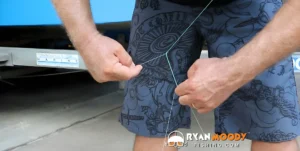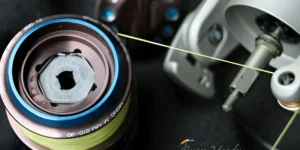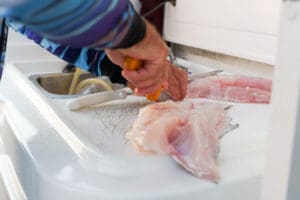Here’s possibly the best garfish rig for trolling up mackerel and other toothy sportsfish.
While jigs and metal slices are great for mackerel when they’re on the bottom, a trolled garfish rig is the best way to entice a bite when they hit the surface.
When riggiing, first check out our previous blog on making a wire trace for mackerel as this is used in the garfish rig.
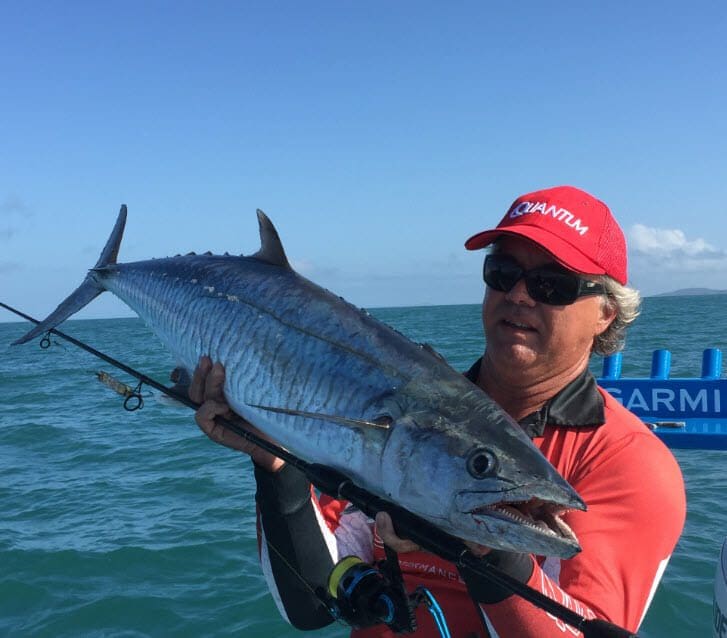
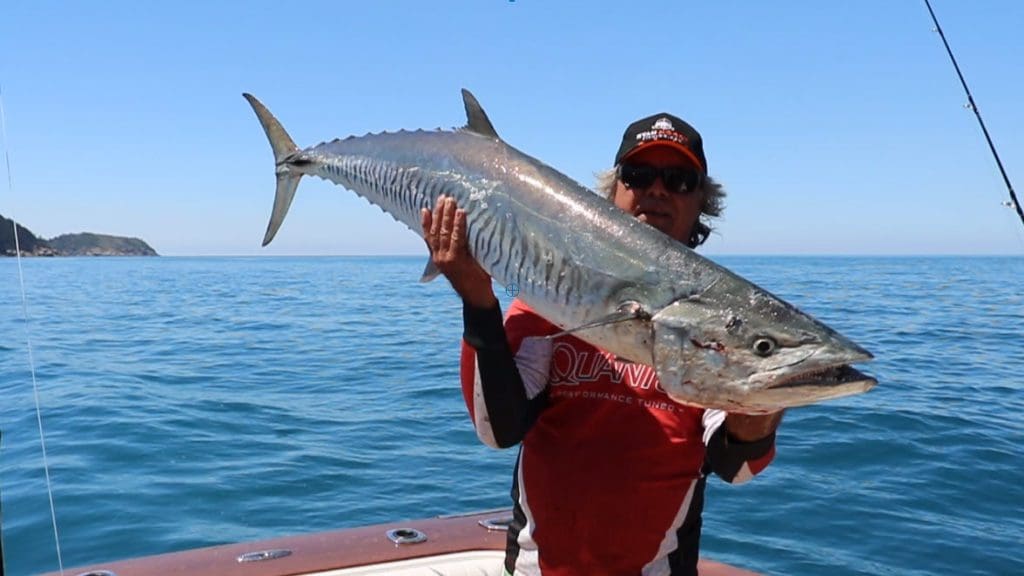
Items required to make a garfish rig
- Gar spring or rubber bands to hold the garfish rig in place
- Gang of hooks dependant on garfish size – typically 3×8/0 for larger gar and 2×8/0 or 3×6/0 for smaller gar
- Preferred wire trace material typically single strand stainless.
- Wog head or other such lure
The gar spring or rubber band is used to hold the gar in place while trolling. Without them the bait will tear off the hooks under the water pressure. The wog head is weighted and keeps the gar under the surface where they are deadly for catching big mackerel.
Troll speed can vary on the tide but usually 5-6 knots.
Occasionally when I mark fish on the sounder I’ll pull up and let the garfish rig sink till it’s almost vertical, then drive off at a brisk 8 knots. Doing so pulls the gar vertically towards the surface stimulating them to bite.
Spanish mackerel are susceptible to ANY vertical retrieve.
Regarding hooks, I like to use the Tarpon pattern, model 7766 in the Mustad and model 6026 in the Eagle Claw.
How to attach the gar to the rig is demonstrated in the video below;
While spanish mackerel have been implicated in outbreaks of ciguatera poisoning, they are a top grade food fish and very safe to eat if you avoid the larger varieties. I myself have had a dose of ciguatera and believe me, it’s no fun.
As a sportsfish, mackerel pull like steam trains and are some of the fastest fish in the ocean. They also have razor sharp teeth, which is why we recommend using wire when rigging gar for trolling them.
Good leather deck shoes are also a must when you have mackerel flapping around on the deck.
When we used to marlin fish we quite often used thongs or bare feet. But mackerel fishing we always used deck shoes.
On one occasion there were several mackerel on deck, and one slid across with the rocking of the boat and clamped down hard on my leather deck shoe.
The boys worked quickly to open the mouth of the fish while I stood stock still. Once prized open, my shoe had been chomped and luckily I was almost unscathed with only four pin holes on the top of my foot where the teeth had penetrated the leather.
If I had thongs on I could have lost my toes. They are THAT dangerous – even near death that fish could have done some major damage.
Learn how to read your sounder to pick up mackerel and other fish in our Sounder Skills 1 online course. At only $19.99 what have you got to lose?




